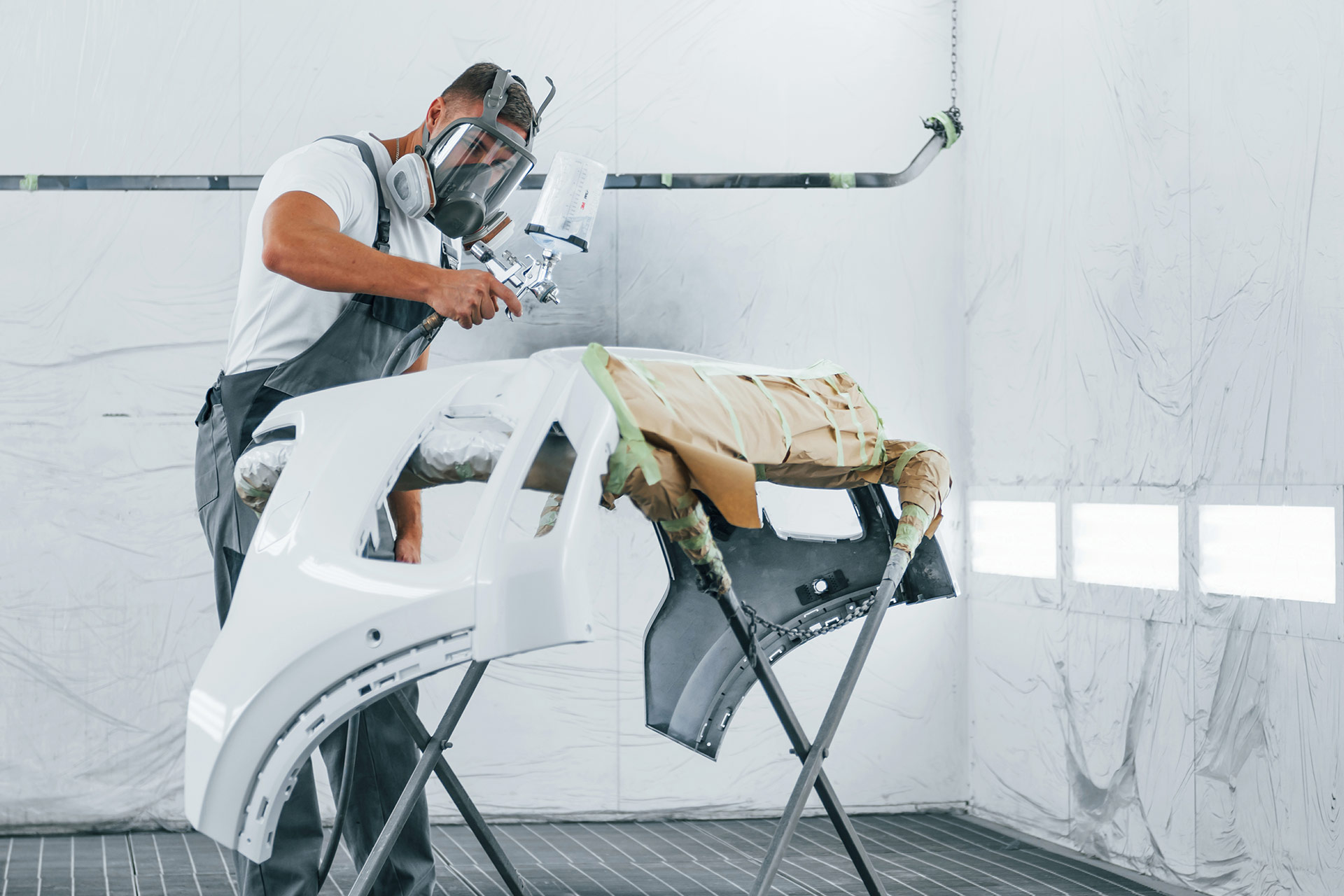

Vehicle wraps are a popular choice for car owners looking to give their vehicles a fresh, personalized look without the permanence of a traditional paint job. Whether for business branding or personal customization, car wraps offer versatility, a wide range of design options, and a relatively affordable alternative to paint. However, one question many people ask before getting a vehicle wrap is: How long does it last?
The lifespan of a vehicle wrap depends on several factors, including the quality of the vinyl used, the conditions it is exposed to, and how well it’s maintained. In this article, we will explore these factors in depth and provide tips on how you can extend the life of your vehicle wrap.
On average, a high-quality vehicle wrap can last anywhere from 5 to 7 years. However, this range can vary significantly depending on several variables. For example, wraps installed using premium vinyl, such as 3M or Avery Dennison, often last longer compared to cheaper alternatives. These premium materials are more resistant to UV rays, fading, and general wear and tear.
Moreover, the way the vehicle is used and where it is stored can also affect the lifespan of the wrap. Cars that are exposed to harsh weather conditions, such as extreme heat or cold, will see more wear on the wrap compared to vehicles stored in garages or shaded areas. Additionally, the type of vinyl finish also plays a role. Glossy finishes tend to last slightly longer than matte or textured wraps, as the latter are more prone to trapping dirt and can wear down faster.
Several factors can influence how long a vehicle wrap will last. Understanding these factors will help you determine how much maintenance your wrap requires and whether additional steps are necessary to prolong its lifespan.
a. Exposure to Sunlight and Weather Conditions
The most significant factor that affects the lifespan of a vehicle wrap is UV exposure. Prolonged exposure to direct sunlight can cause the colors to fade and the vinyl to deteriorate faster. Similarly, extreme weather conditions, such as snow, rain, and high humidity, can cause the wrap to peel or bubble if not properly maintained. Parking in the shade or storing your car in a garage can help minimize UV exposure and extend the life of your wrap.
b. Quality of Installation
The quality of the installation plays a crucial role in the durability of the wrap. A poorly installed wrap is more likely to develop air bubbles, creases, and peeling edges, which can shorten its lifespan. It is essential to work with professional installers who have experience in wrapping vehicles and use high-quality materials. Proper installation ensures that the vinyl adheres smoothly to the car’s surface and can withstand environmental factors better.
c. Maintenance and Care
Regular cleaning and proper care are critical for maintaining a vehicle wrap. Dirt, grime, and pollutants can accumulate on the surface, causing the vinyl to degrade over time. Cleaning the vehicle with a soft cloth or sponge and a non-abrasive detergent will help preserve the wrap. Additionally, avoiding automatic car washes with hard brushes is recommended, as they can scratch or lift the edges of the wrap.
d. Type of Vinyl Used
Not all vehicle wraps are created equal. As mentioned earlier, premium vinyl brands such as 3M and Avery Dennison offer better longevity than lower-quality vinyl options. Premium wraps come with added protection against UV rays and are designed to be more resistant to wear and tear. While these may cost more upfront, the investment often pays off with a longer-lasting wrap.
e. Vehicle Use
How you use your vehicle also affects the lifespan of the wrap. A car used for regular, daily commuting in harsh environments is likely to experience more damage to the wrap than a vehicle used infrequently or only on highways. Frequent driving through dirt roads or areas with harsh weather conditions can cause more wear and tear on the vinyl.
Now that we’ve covered the factors that impact the longevity of your vehicle wrap, let’s dive into how you can extend its lifespan. Proper care and maintenance are key to ensuring your wrap lasts as long as possible.
a. Park in the Shade or Indoors
One of the easiest ways to protect your vehicle wrap from UV damage is to park in the shade or, even better, in a garage. If parking indoors isn’t an option, using a car cover when parking outside can also help block out harmful UV rays and prevent fading.
b. Regular Cleaning
Keeping your vehicle wrap clean will help prevent dirt and contaminants from settling on the vinyl, which can cause damage over time. Hand washing your vehicle with a mild detergent and a soft sponge is the best method for cleaning a wrap. Avoid using harsh chemicals or abrasive brushes, as they can damage the vinyl.
c. Avoid High-Pressure Washers
While it may be tempting to use a high-pressure washer for a quick clean, this can be detrimental to the wrap. High-pressure washers can lift the edges of the vinyl and cause it to peel. If you must use a pressure washer, keep it at a safe distance (at least 12 inches away) and use a low-pressure setting.
d. Waxing and Polishing
Unlike traditional paint, vehicle wraps do not need waxing. In fact, applying wax or polish can damage the wrap, especially if it has a matte finish. For glossy finishes, there are specialized cleaning products designed for vinyl that can give your wrap a smooth, polished look without causing damage.
e. Inspect and Repair
Over time, even the best-maintained wraps may experience minor issues such as peeling edges or small tears. It’s essential to address these problems as soon as they appear. Left untreated, small damages can worsen and lead to larger sections of the wrap coming undone. Regular inspections and timely repairs will help keep your wrap looking new for longer.
Even with the best care, a vehicle wrap won’t last forever. Over time, you may notice signs that it’s time to replace your wrap. Some of the key indicators include:
When you start noticing these signs, it’s best to consider getting a new wrap to ensure your vehicle maintains its aesthetic appeal.
If your goal is to have a long-lasting vehicle wrap, selecting the right type of vinyl is essential. Always opt for high-quality, reputable brands such as 3M or Avery Dennison, as these products are known for their durability. Additionally, choose a finish that suits your lifestyle. For example, a gloss finish may be easier to maintain than a matte or satin wrap, which can trap dirt more easily.
A vehicle wrap can be a great way to customize your car while protecting its original paint. With proper care and maintenance, a high-quality wrap can last between 5 to 7 years, and even longer in ideal conditions. By understanding the factors that impact the lifespan of a wrap—such as sun exposure, installation quality, and maintenance—you can take proactive steps to extend its life. From parking in the shade to regular cleaning and prompt repairs, a little attention goes a long way in preserving the beauty and longevity of your vehicle wrap.